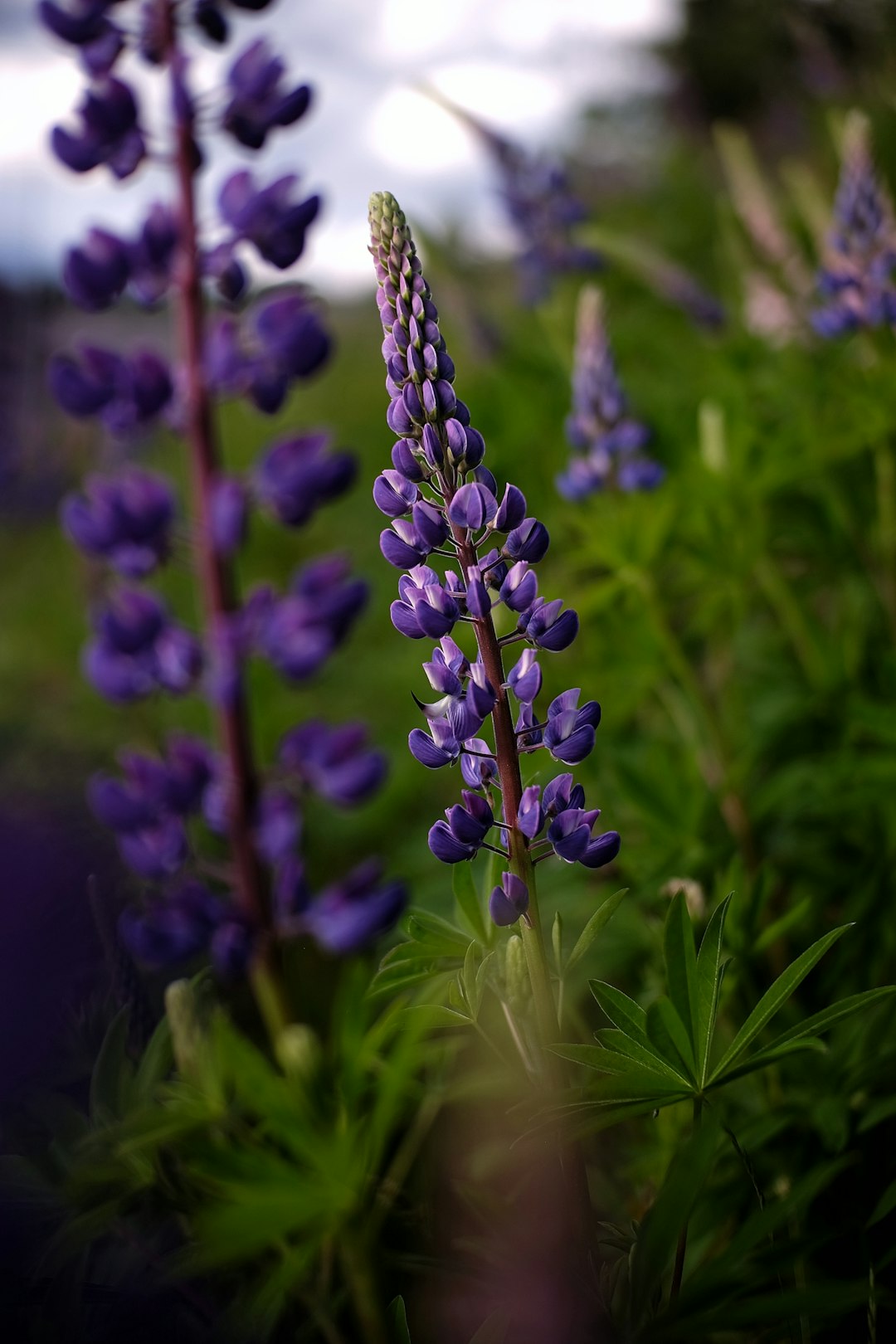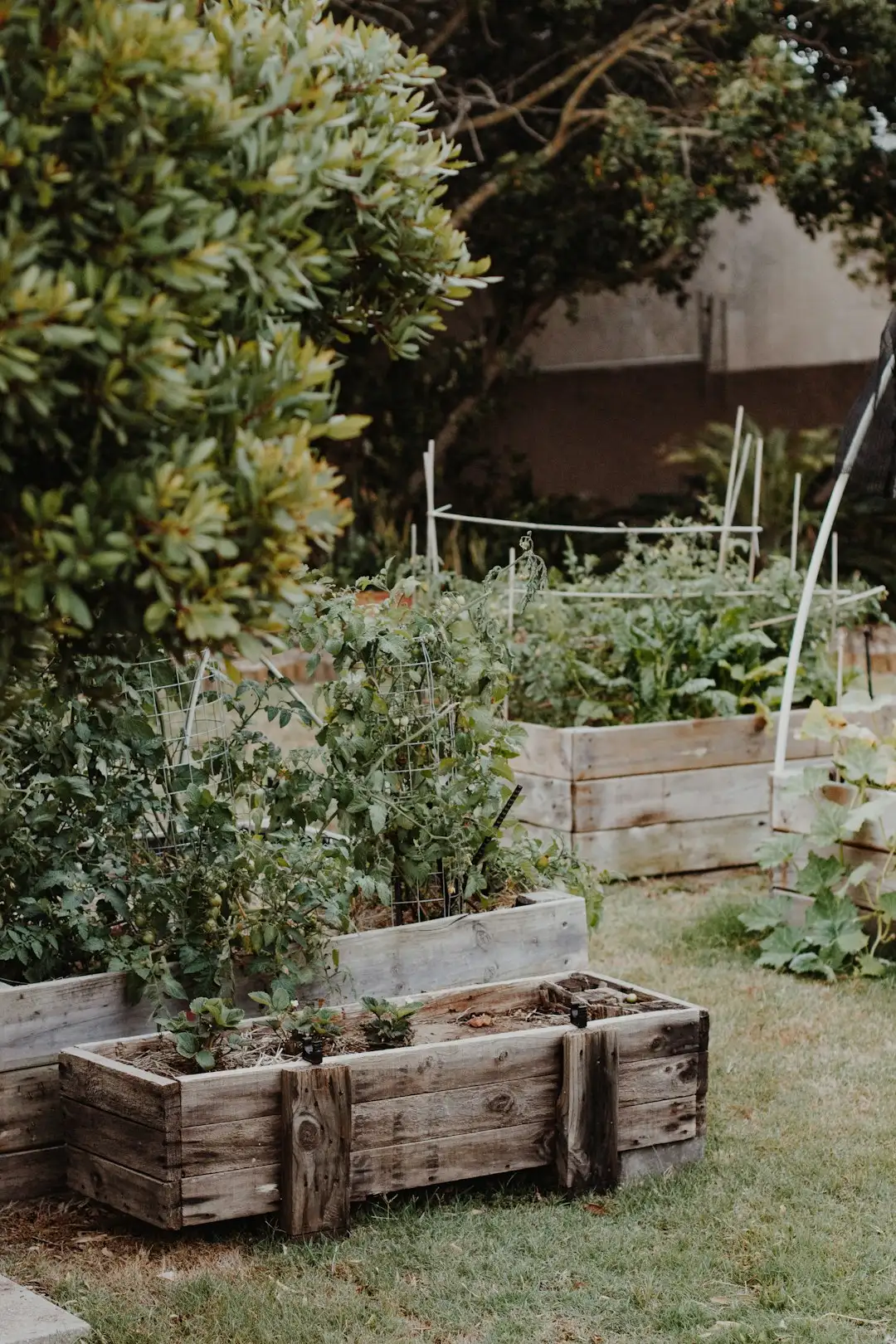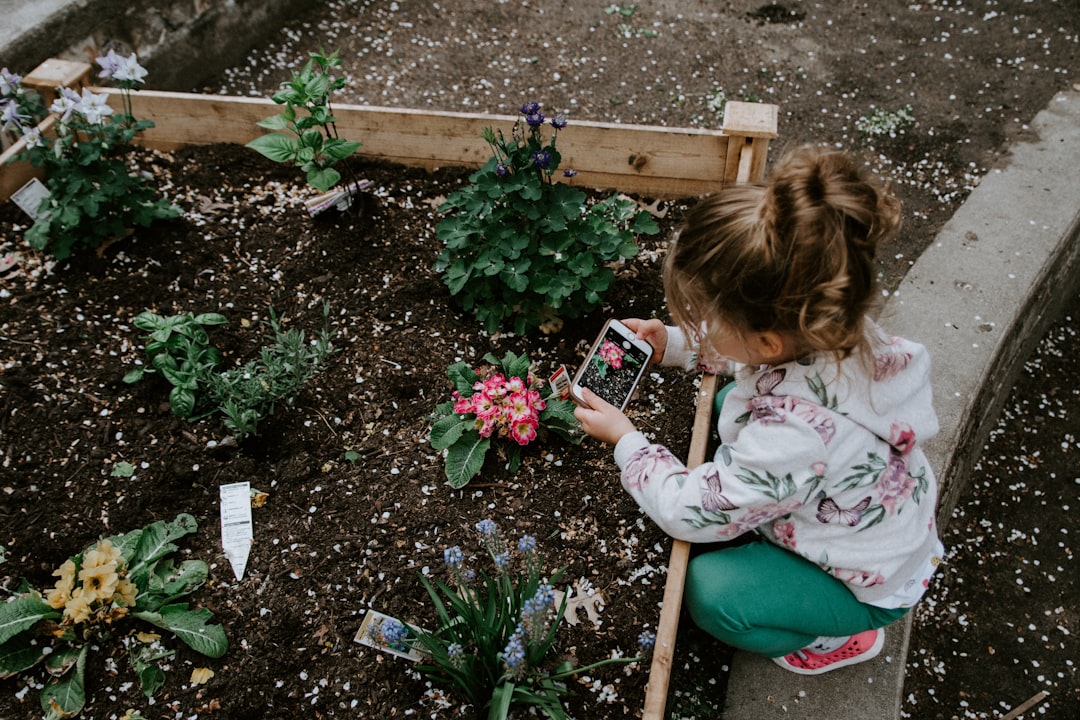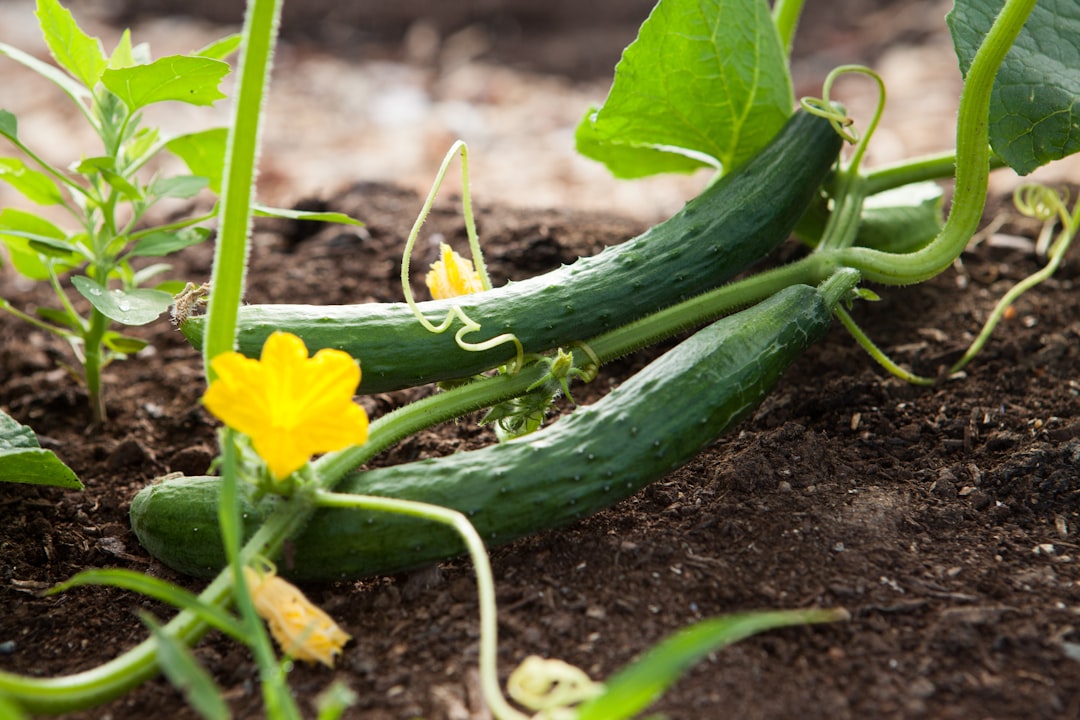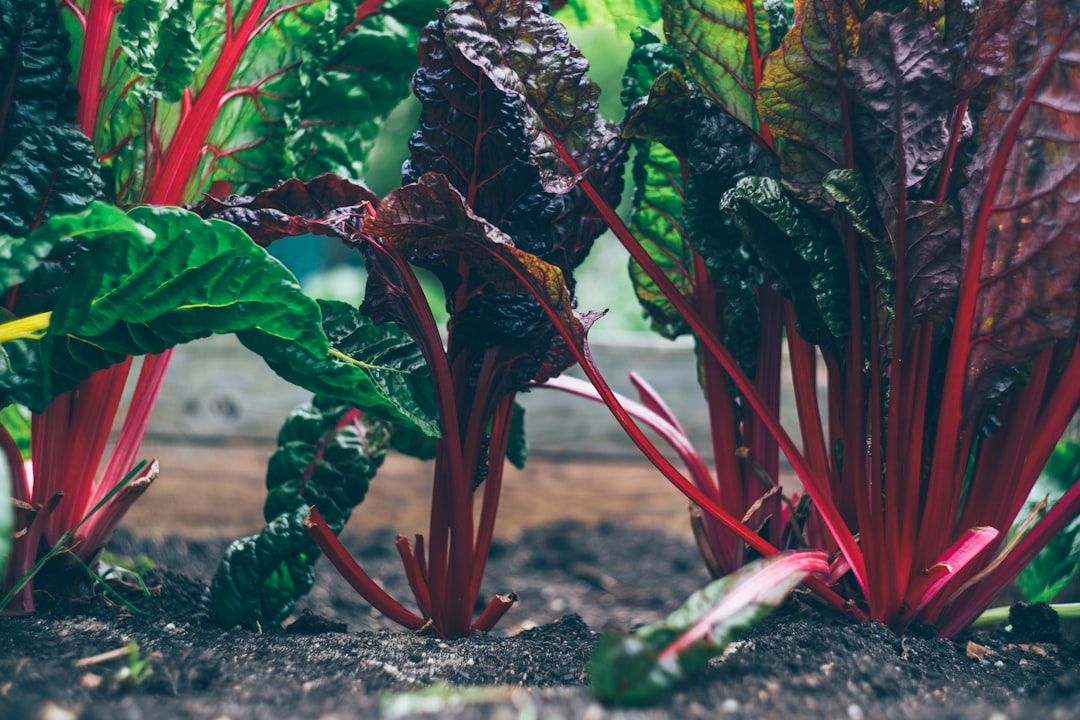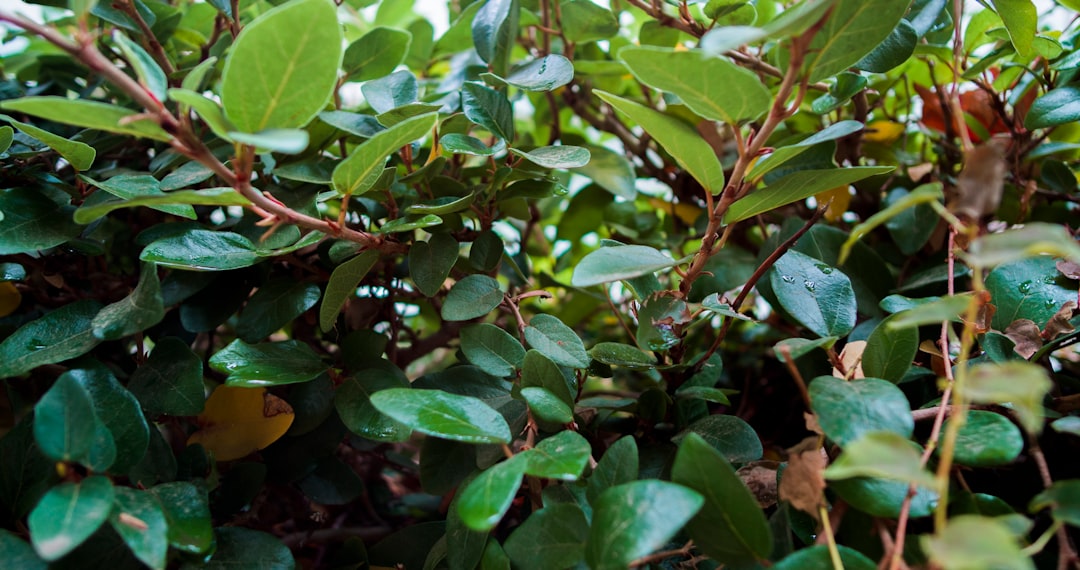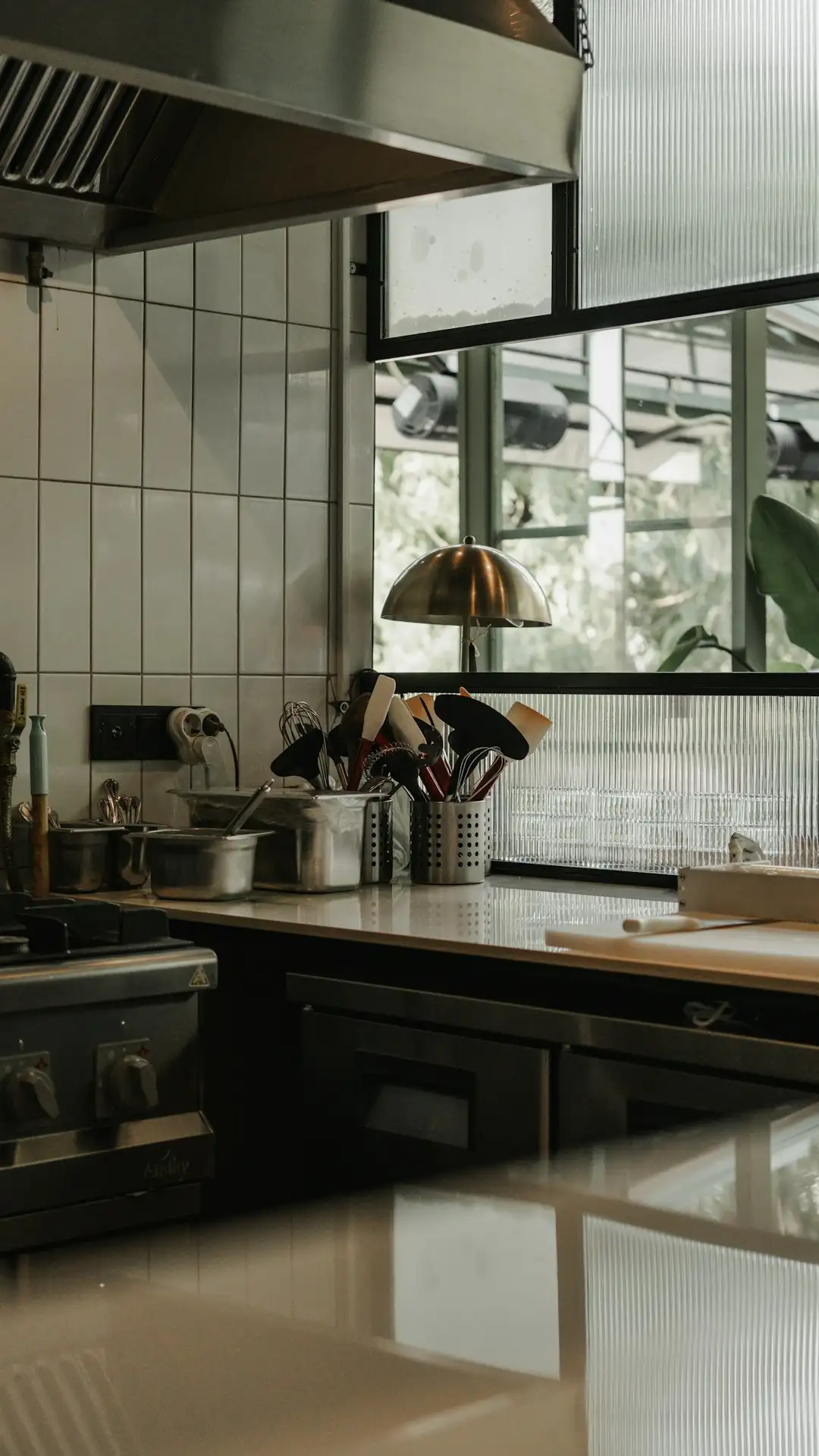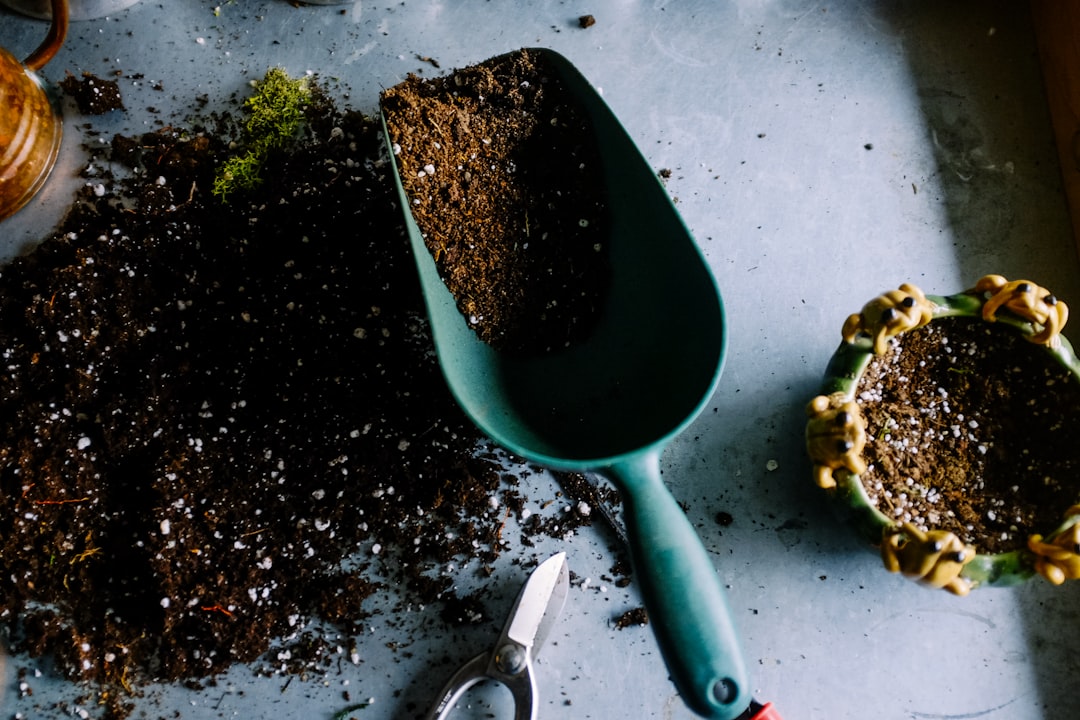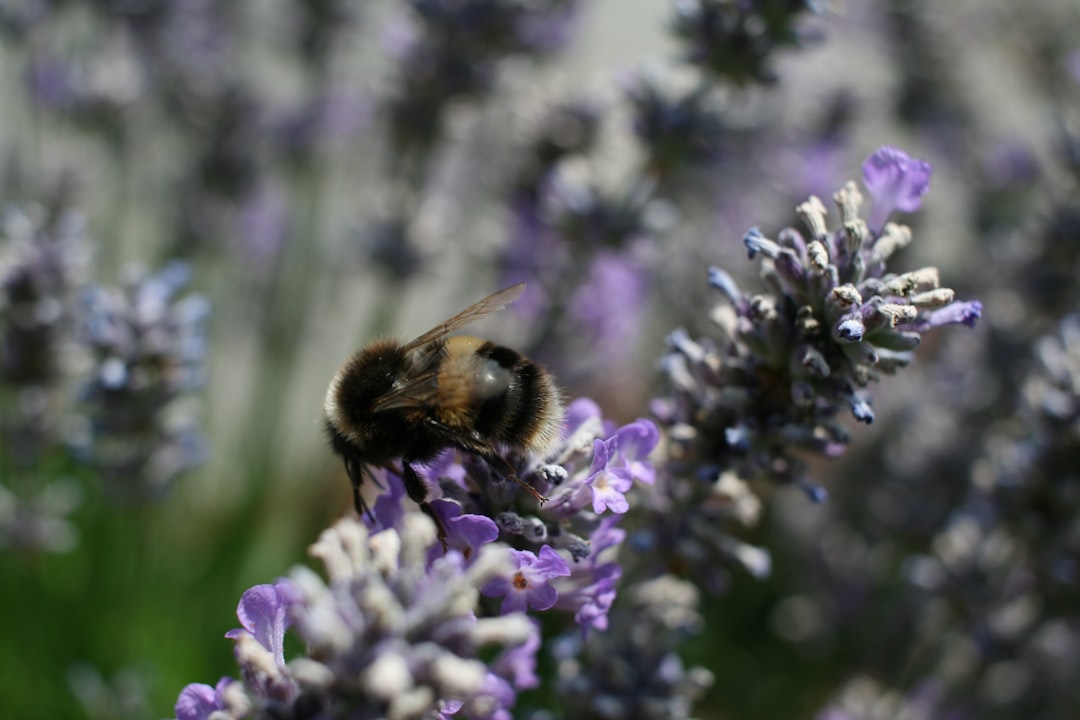
Tomatoes are a staple in many edible gardens, but one of the most frustrating issues gardeners face is when their tomato plants wilt overnight. This sudden change can be alarming, but with the right knowledge, you can quickly diagnose the problem and take steps to save your precious plants.
### Possible Causes of Overnight Wilting
#### 1. Watering Issues
One of the most common reasons for tomato plants to wilt overnight is improper watering. Over - watering can lead to waterlogged soil, which deprives the roots of oxygen. When the roots can't breathe, the plant starts to wilt. On the other hand, under - watering means the plant doesn't have enough water to maintain its turgidity. The leaves will droop as a result.
To check for watering problems, feel the soil around the base of the plant. If it's soggy, you've likely over - watered. If it's dry and crumbly, under - watering is the culprit. A good rule of thumb is to water deeply but infrequently. This encourages the roots to grow deeper into the soil, making the plant more drought - resistant.
#### 2. Pests and Diseases
Pests such as aphids, whiteflies, and nematodes can cause significant damage to tomato plants. Aphids and whiteflies suck the sap from the leaves, weakening the plant and causing it to wilt. Nematodes, which are microscopic worms that live in the soil, attack the roots, disrupting the plant's ability to take up water and nutrients.
Diseases like bacterial wilt, fusarium wilt, and verticillium wilt can also lead to overnight wilting. These diseases are often soil - borne and can be difficult to control once they take hold. Look for other symptoms such as yellowing leaves, brown spots, or a sticky residue on the leaves to help identify the problem.
#### 3. Environmental Stress
Extreme temperatures, high winds, or sudden changes in weather can stress tomato plants and cause them to wilt. For example, if there's a sudden heatwave, the plant may lose water faster than it can take it up, resulting in wilting. Similarly, strong winds can damage the leaves and stems, making it difficult for the plant to function properly.
### How to Diagnose the Problem
#### 1. Observe the Symptoms
Take a close look at the wilted plant. Note the location of the wilting (is it just the leaves, or the entire plant?), the color of the leaves (are they yellow, brown, or green?), and any other visible signs such as spots or pests. This information can help you narrow down the possible causes.
#### 2. Check the Soil
As mentioned earlier, the soil can provide valuable clues. Use a soil moisture meter or simply stick your finger into the soil to check its moisture level. Also, look at the texture of the soil. If it's compacted, it may be preventing proper root growth and water absorption.
#### 3. Examine the Roots
Carefully dig up a small section of the root system. Healthy roots should be white and firm. If the roots are brown, mushy, or have lesions, it could indicate a root disease or pest problem.
### Solutions for Overnight Wilting
#### 1. Adjust Watering Practices
If over - watering is the problem, stop watering for a few days and allow the soil to dry out. If under - watering is the issue, water the plant deeply and regularly. Consider using a soaker hose or drip irrigation system to ensure even watering.
#### 2. Treat Pests and Diseases
For pests, you can use insecticidal soaps or neem oil to control aphids and whiteflies. For nematodes, you may need to use a soil fumigant or plant nematode - resistant tomato varieties. If a disease is suspected, remove and destroy the infected plant to prevent the spread of the disease to other plants.
#### 3. Protect from Environmental Stress
If extreme temperatures are a concern, provide shade for the plants during the hottest part of the day. You can use shade cloth or plant taller crops nearby to provide natural shade. In case of strong winds, use stakes or cages to support the plants and prevent damage.
In conclusion, while overnight wilting of tomato plants can be a cause for concern, by carefully observing the symptoms, checking the soil and roots, and taking appropriate action, you can often save your plants and enjoy a bountiful tomato harvest. Remember, early diagnosis is key to successful treatment, so keep a close eye on your tomato plants throughout the growing season.
New
































